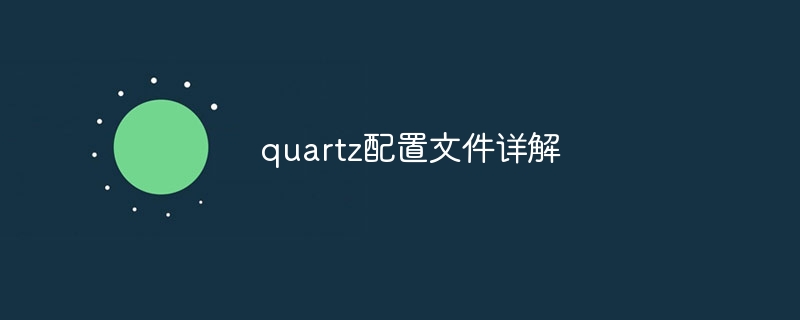With the rapid development of Internet technology, data processing speed has become the key to competition among various industries and companies. In this process, caching technology has become an important means to improve data processing speed. As an efficient caching technology, Quartz caching technology has been adopted by more and more enterprises. This article will introduce Quartz caching technology in detail, as well as its usage, advantages and disadvantages.
1. What is Quartz caching technology?
Quartz caching technology is a memory-based caching technology that can cache data into memory to increase the speed of data reading. When using Quartz caching technology, we can cache data that needs to be read frequently into memory first, such as data read from the database, data requested from the network, etc. When we need this data, we can read it directly from the memory, avoiding the loss of disk IO. It can also reduce the pressure on the database and improve the performance of the overall application.
2. How to use Quartz caching technology
Quartz caching technology can be used through the following steps:
- Introduce the dependency package of Quartz caching technology. We can introduce corresponding dependency packages through tools such as Maven or Gradle.
- Configure Quartz cache properties. We need to configure the cached key type and value type, as well as the maximum number of caches, expiration time, whether it can be automatically refreshed, and other attributes.
- Write specific caching code. In the code, we can obtain the cache instance through CacheManager, and then use the cache instance to read, store, delete cache data, etc.
- Where cache is required, call the cache API to read cache data.
The following is a simple example of using Quartz caching technology:
// 引入依赖包
compile 'com.quartz:quartz-cache:1.0.0'
// 配置缓存属性
CacheConfig config = new CacheConfig();
config.setMaxEntriesLocalHeap(1000);
config.setTimeToLiveSeconds(3600);
// 获取缓存实例
Cache<String, User> cache = CacheManager.getCache("UserCache", String.class, User.class, config);
// 存储数据到缓存中
cache.put("user1", new User("张三", 18));
cache.put("user2", new User("李四", 20));
// 从缓存中读取数据
User user1 = cache.get("user1");
User user2 = cache.get("user2");
// 删除数据从缓存中
cache.remove("user1");3. Advantages and disadvantages of Quartz caching technology
Quartz caching technology is an efficient Caching technology, its advantages and disadvantages are as follows:
Advantages:
- Improve data reading speed. Quartz caching technology caches data into memory, avoiding disk IO losses and improving data reading speed.
- Reduce database pressure. Through caching technology, we can avoid the database from frequently reading the same data, thereby reducing the pressure on the database.
- Can effectively reduce network requests. Through caching technology, we can cache some network request data into memory to avoid frequent network requests.
Disadvantages:
- takes up more memory. Since caching requires memory, when the amount of cached data is large, it will occupy more memory space.
- Cache invalidation problem. Since cached data is stored in memory, application performance will be affected when cache failure occurs due to insufficient memory or other reasons.
- Data consistency issues may occur. Since the data is cached in memory, there may be inconsistencies between the cache and the data in the database.
Generally speaking, Quartz caching technology, as an efficient caching technology, can effectively increase data processing speed and reduce database pressure, but it also needs to pay attention to memory usage and data consistency issues. In daily application development, we need to choose and use different caching technologies according to specific needs to better improve application performance.
The above is the detailed content of Learn about Quartz caching technology. For more information, please follow other related articles on the PHP Chinese website!
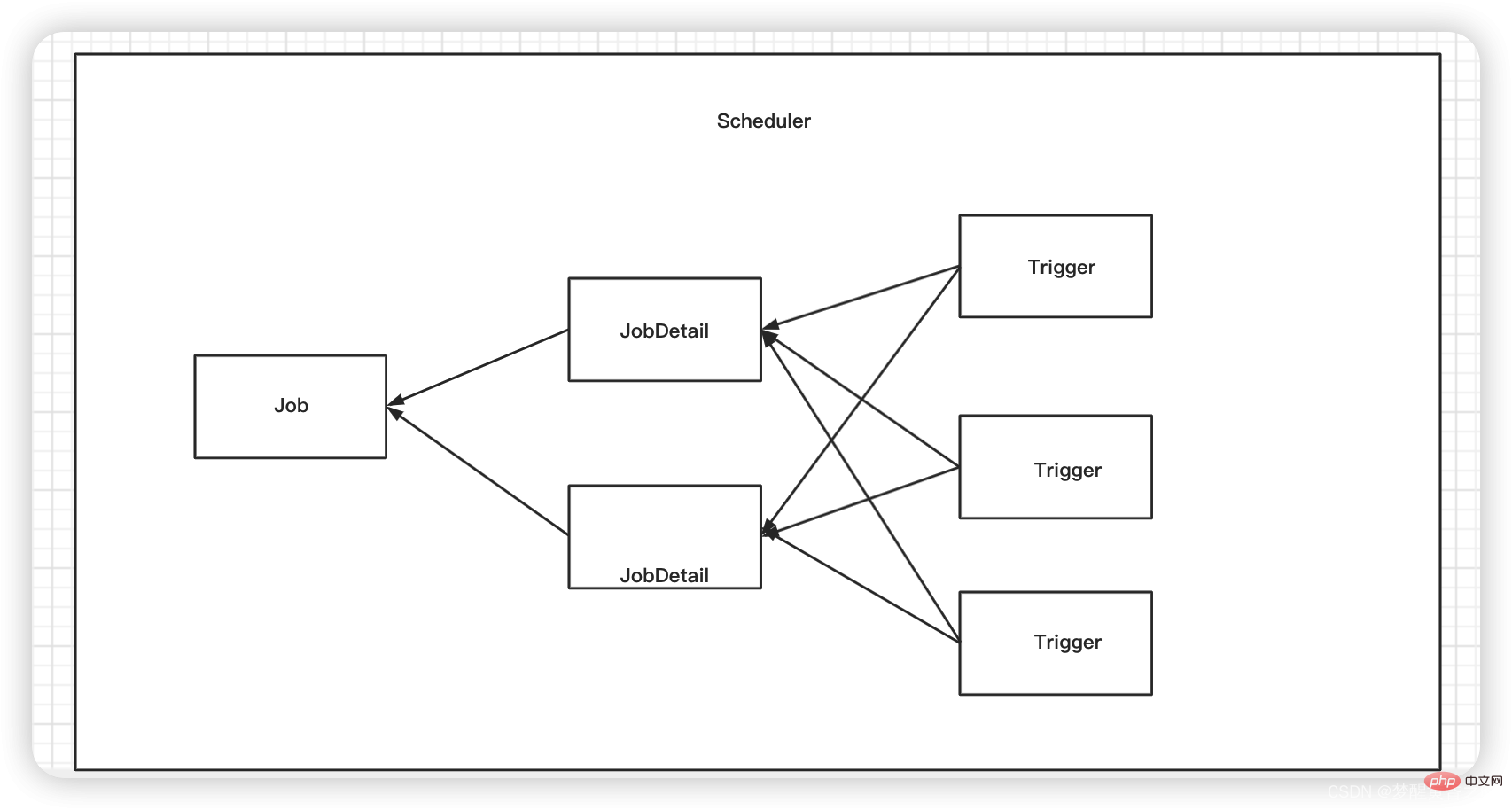 如何在Java中使用Quartz实现定时任务?May 08, 2023 am 10:46 AM
如何在Java中使用Quartz实现定时任务?May 08, 2023 am 10:46 AMScheduler每次执行,都会根据JobDetail创建一个新的Job实例,这样就可以规避并发访问的问题(jobDetail的实例也是新的)Quzrtz定时任务默认都是并发执行,不会等待上一次任务执行完毕,只要间隔时间到就会执行,如果定时任务执行太长,会长时间占用资源,导致其它任务堵塞@DisallowConcurrentExecution:job类上,禁止并发地执行同一个job定义(JobDetail定义的)的多个实例。scheduler:可以理解为定时任务的工作容器或者说是工作场所,所有定
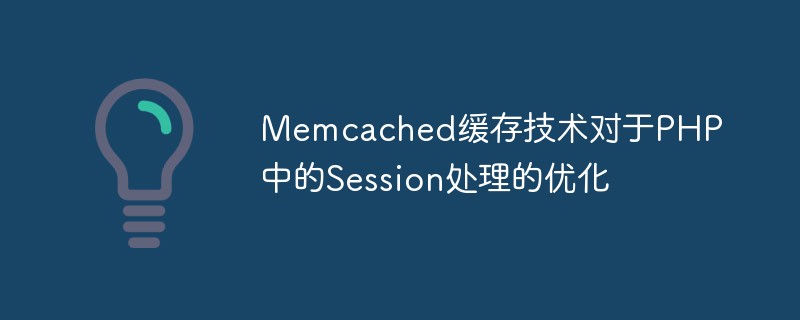 Memcached缓存技术对于PHP中的Session处理的优化May 16, 2023 am 08:41 AM
Memcached缓存技术对于PHP中的Session处理的优化May 16, 2023 am 08:41 AMMemcached是一种常用的缓存技术,它可以使Web应用程序的性能得到很大的提升。在PHP中,常用的Session处理方式是将Session文件存放在服务器的硬盘上。但是,这种方式并不是最优的,因为服务器的硬盘会成为性能瓶颈之一。而使用Memcached缓存技术可以对PHP中的Session处理进行优化,提高Web应用程序的性能。PHP中的Session处
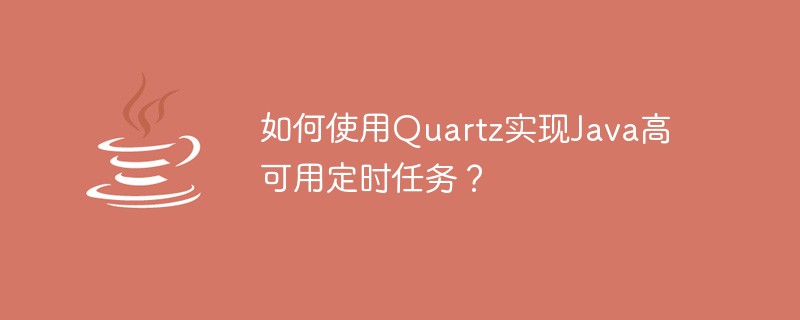 如何使用Quartz实现Java高可用定时任务?May 07, 2023 pm 12:55 PM
如何使用Quartz实现Java高可用定时任务?May 07, 2023 pm 12:55 PM定时任务使用指南如果你想做定时任务,有高可用方面的需求,或者仅仅想入门快,上手简单,那么选用它准没错。定时任务模块是对Quartz框架进一步封装,使用更加简洁。1、引入依赖xin.altitude.cmsucode-cms-quartz1.5.4.12、快速上手实现org.quartz.Job接口;使用注解CronExp添加任务的调度策略;使用注解Component将任务注入容器中。启动项目,定时任务便处于监听与运行中。@Component@DisallowConcurrentExecution
 利用Memcached缓存技术对于PHP中的音视频播放进行优化May 17, 2023 pm 04:01 PM
利用Memcached缓存技术对于PHP中的音视频播放进行优化May 17, 2023 pm 04:01 PM随着互联网技术的不断发展,音视频资源已经成为了互联网上非常重要的一种内容形式,而PHP作为网络开发中使用最广泛的语言之一,也在不断地应用于视频和音频播放领域。然而,随着音视频网站的用户日益增加,许多网站已经发现了一个问题:在高并发的情况下,PHP对于音视频的处理速度明显变缓,会导致无法及时播放或者播放卡顿等问题。为了解决这个问题,Memcached缓存技术应
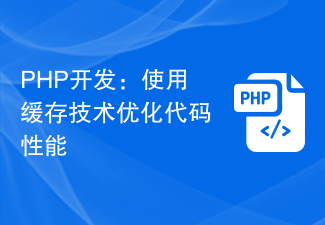 PHP开发:使用缓存技术优化代码性能Jun 15, 2023 pm 02:39 PM
PHP开发:使用缓存技术优化代码性能Jun 15, 2023 pm 02:39 PMPHP是一种脚本语言,常用于Web应用程序开发。随着互联网的迅速发展,Web应用程序的开发也变得越来越复杂,代码量越来越大。因此,优化代码性能变得尤为重要,在这方面,使用缓存技术是一种行之有效的方式。在本文中,我们将探讨PHP开发中使用缓存技术优化代码性能的方法和技巧。什么是缓存技术?首先,让我们了解一下什么是缓存技术。在计算机中,缓存是一种临时存储数据的技
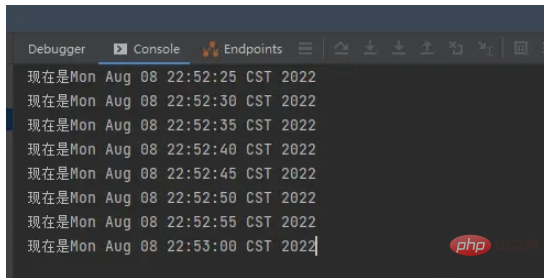 Java怎么使用quartz实现定时任务Apr 19, 2023 pm 11:49 PM
Java怎么使用quartz实现定时任务Apr 19, 2023 pm 11:49 PM配置文件sue.spring.quartz.cron=*/5****?pomorg.springframework.bootspring-boot-starter-quartz定时任务和触发器packagecom.luke.demo.schedule;importorg.quartz.*;importorg.springframework.beans.factory.annotation.Value;importorg.springframework.context.annotation.Bea
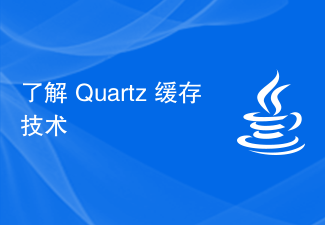 了解 Quartz 缓存技术Jun 20, 2023 am 09:51 AM
了解 Quartz 缓存技术Jun 20, 2023 am 09:51 AM随着互联网技术的飞速发展,数据的处理速度成为了各个行业和公司竞争的关键。在这个过程中,缓存技术成为了提升数据处理速度的重要手段。而Quartz缓存技术作为一种高效的缓存技术,已经被越来越多的企业所采用。本文将详细介绍Quartz缓存技术以及其使用方法和优缺点。一、什么是Quartz缓存技术?Quartz缓存技术是一种基于内存的缓存技术,它可以将


Hot AI Tools

Undresser.AI Undress
AI-powered app for creating realistic nude photos

AI Clothes Remover
Online AI tool for removing clothes from photos.

Undress AI Tool
Undress images for free

Clothoff.io
AI clothes remover

AI Hentai Generator
Generate AI Hentai for free.

Hot Article

Hot Tools

SublimeText3 English version
Recommended: Win version, supports code prompts!

VSCode Windows 64-bit Download
A free and powerful IDE editor launched by Microsoft

MantisBT
Mantis is an easy-to-deploy web-based defect tracking tool designed to aid in product defect tracking. It requires PHP, MySQL and a web server. Check out our demo and hosting services.

WebStorm Mac version
Useful JavaScript development tools

EditPlus Chinese cracked version
Small size, syntax highlighting, does not support code prompt function





